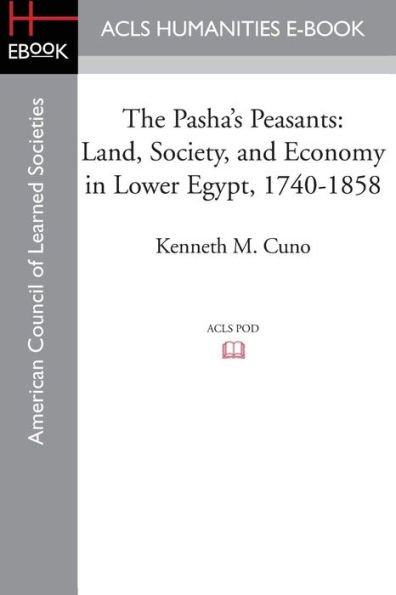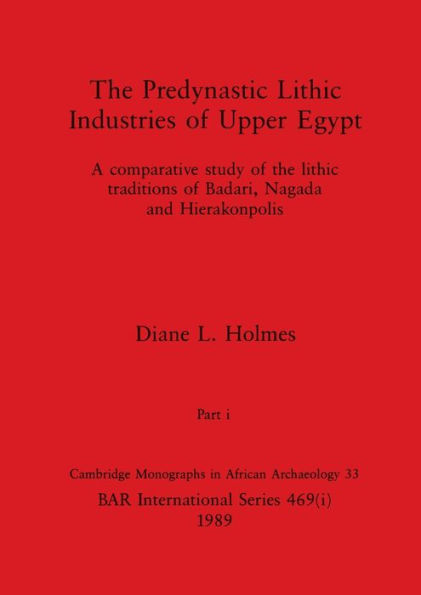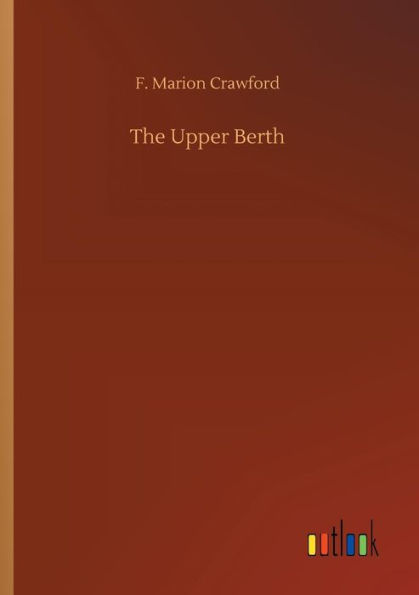Home
Music of Upper & Lower Egypt
Barnes and Noble
Music of Upper & Lower Egypt
Current price: $19.99
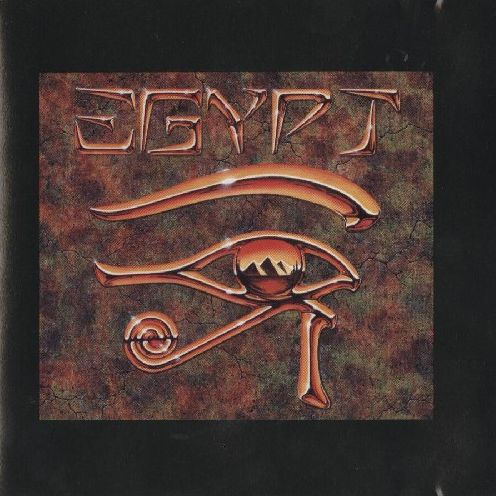

Barnes and Noble
Music of Upper & Lower Egypt
Current price: $19.99
Size: OS
Loading Inventory...
*Product information may vary - to confirm product availability, pricing, shipping and return information please contact Barnes and Noble
On the
Mickey Hart
production
The Music of Upper and Lower Egypt
, six examples of
Egyptian folk
music are presented. Of the album's six tracks, four were recorded on Mosquito Island in Aswan, Egypt, and two were cut in Alexandria. All tracks were recorded during the
Grateful Dead
's 1978 Egyptian Tour. Songs about a variety of subjects, including religion (
"Allah"
), beauty (
"The Bride"
), and heroism (
"Nugumi"
), are recited by male singers and accompanied by sounds from the mizmar (single-pipe reed instrument), tabla baladi (two sided drum), darabouka (goblet-shaped hand drum), and tambura (five stringed lyre). Although these six tracks reveal stunning performances and the recording quality is well above reproach, the liner notes are a bit confusing, uneven, and sketchy. For example, the names of the performers are nowhere to be found, though
's appellation appears twice. All in all,
sounds fabulous, yet suffers slightly from spaced out liner notes. ~ John Vallier
Mickey Hart
production
The Music of Upper and Lower Egypt
, six examples of
Egyptian folk
music are presented. Of the album's six tracks, four were recorded on Mosquito Island in Aswan, Egypt, and two were cut in Alexandria. All tracks were recorded during the
Grateful Dead
's 1978 Egyptian Tour. Songs about a variety of subjects, including religion (
"Allah"
), beauty (
"The Bride"
), and heroism (
"Nugumi"
), are recited by male singers and accompanied by sounds from the mizmar (single-pipe reed instrument), tabla baladi (two sided drum), darabouka (goblet-shaped hand drum), and tambura (five stringed lyre). Although these six tracks reveal stunning performances and the recording quality is well above reproach, the liner notes are a bit confusing, uneven, and sketchy. For example, the names of the performers are nowhere to be found, though
's appellation appears twice. All in all,
sounds fabulous, yet suffers slightly from spaced out liner notes. ~ John Vallier
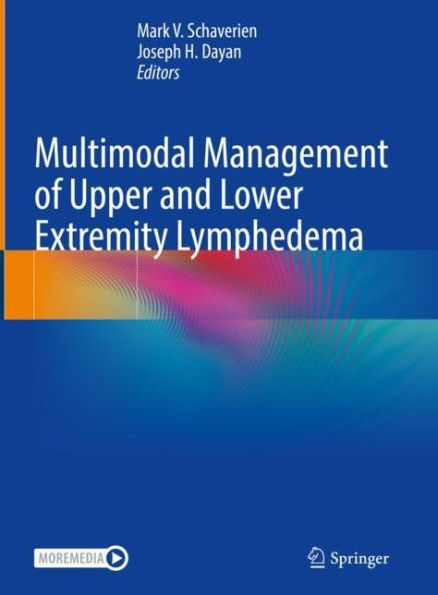
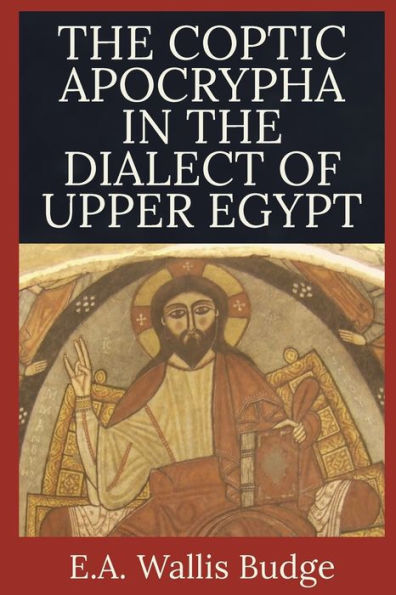

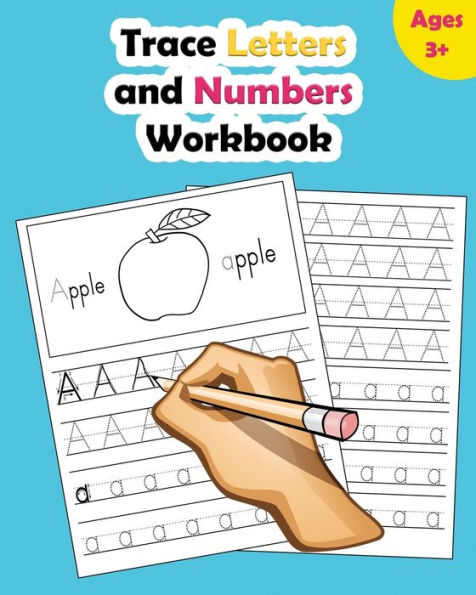

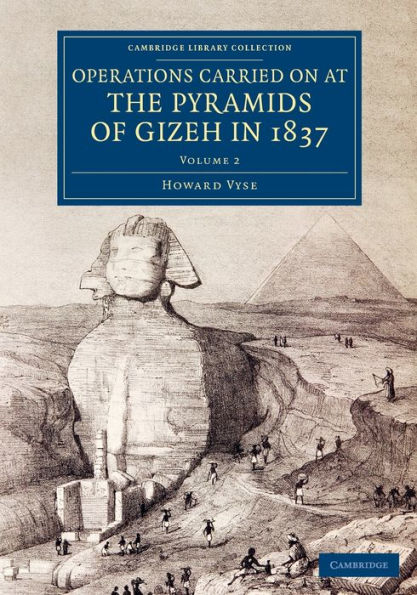
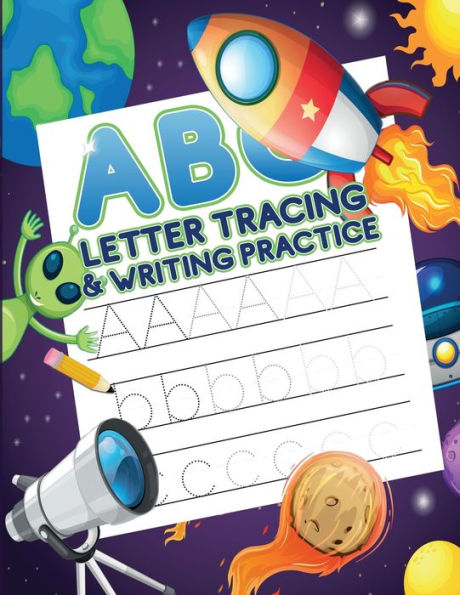
![Sunday Music, Vol. 1 [Barnes & Noble Exclusive]](https://prodimage.images-bn.com/pimages/0635961101222_p0_v1_s600x595.jpg)
